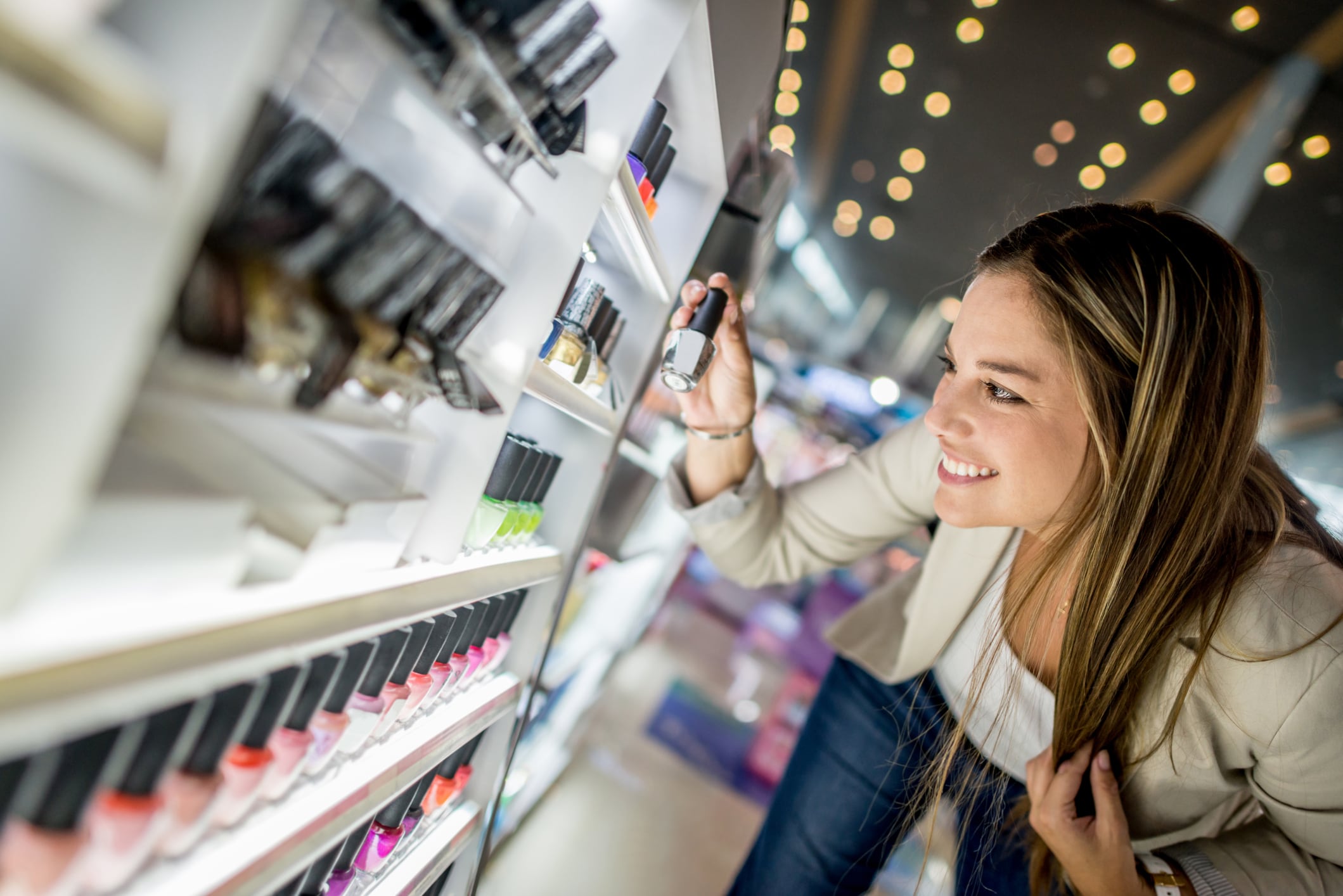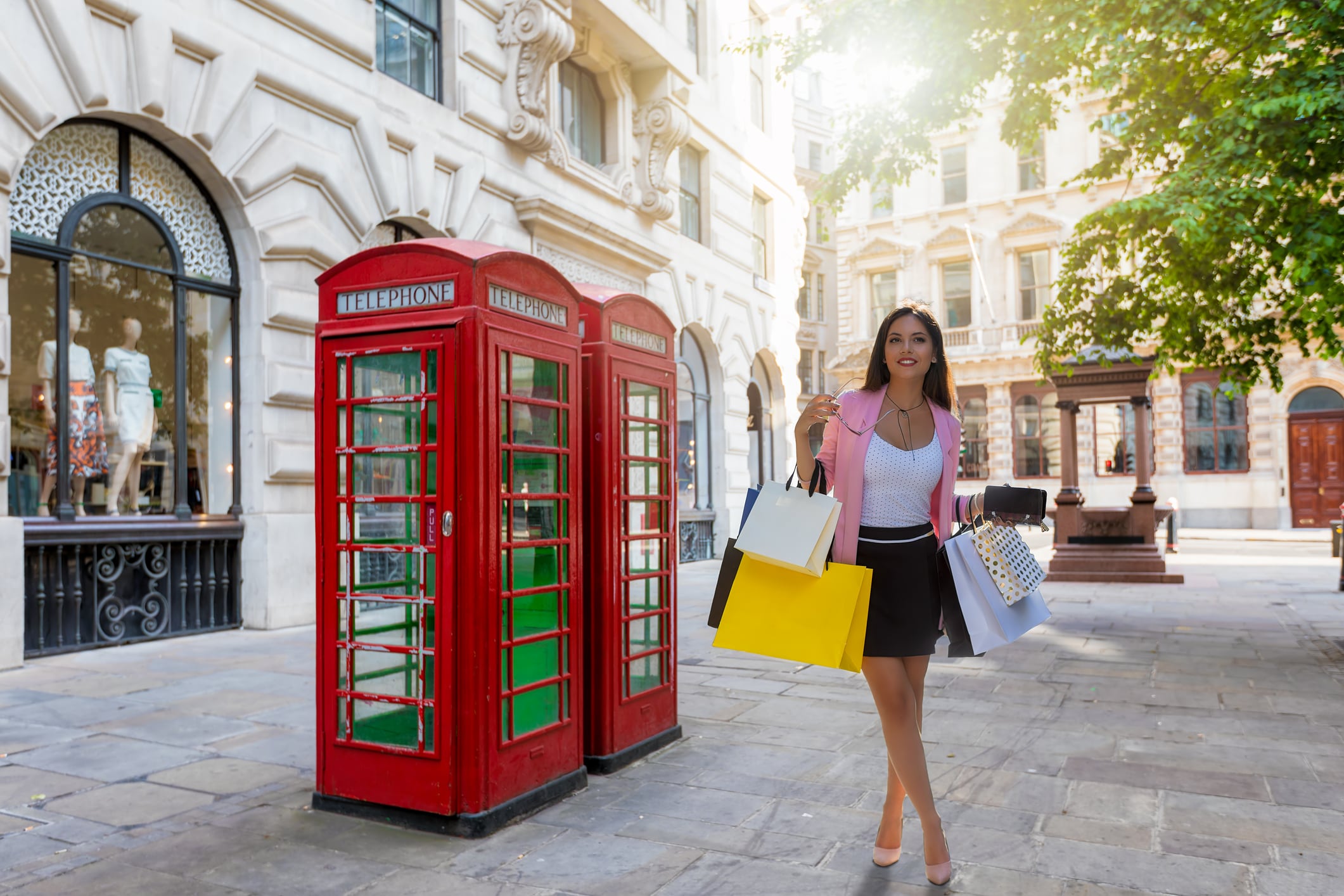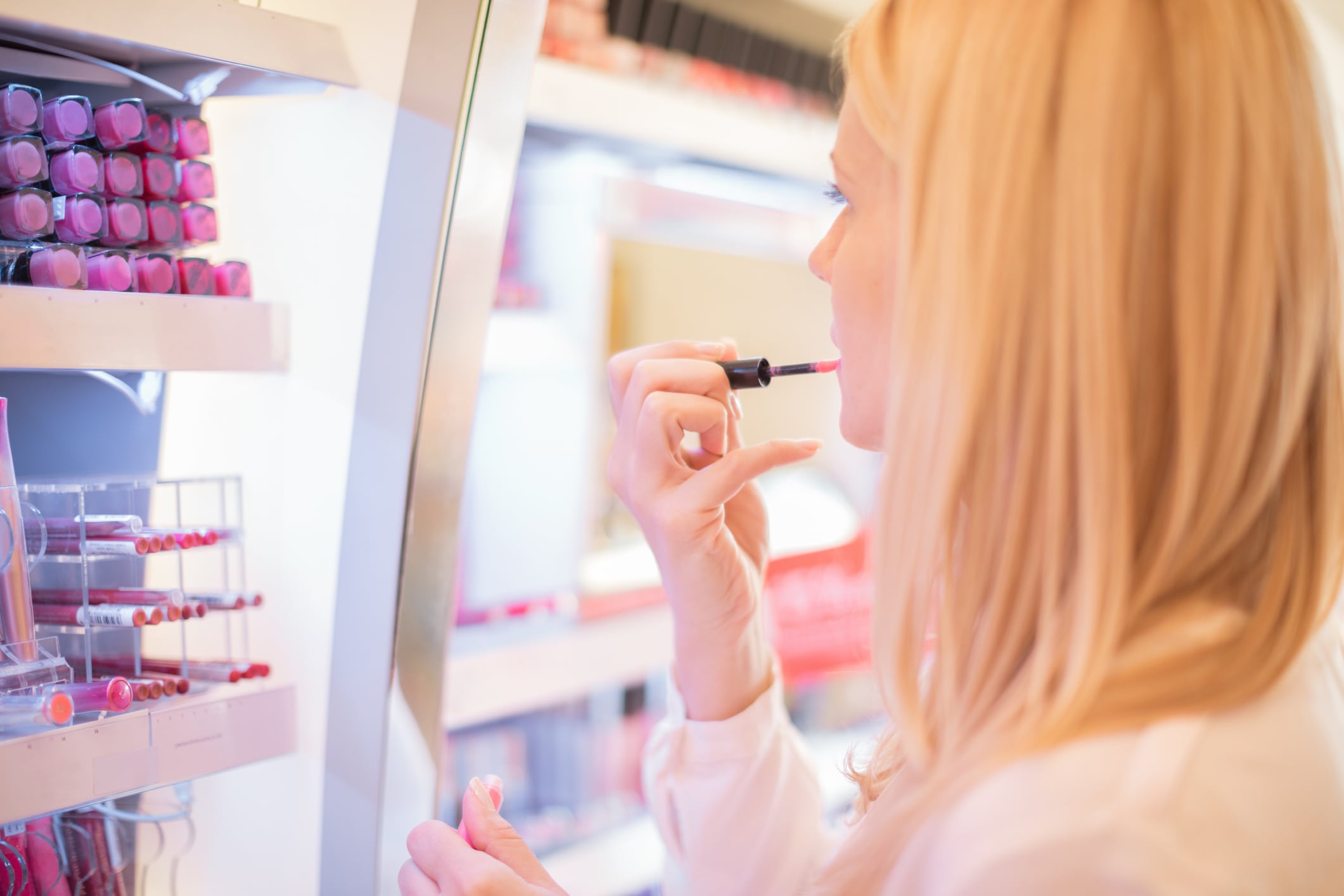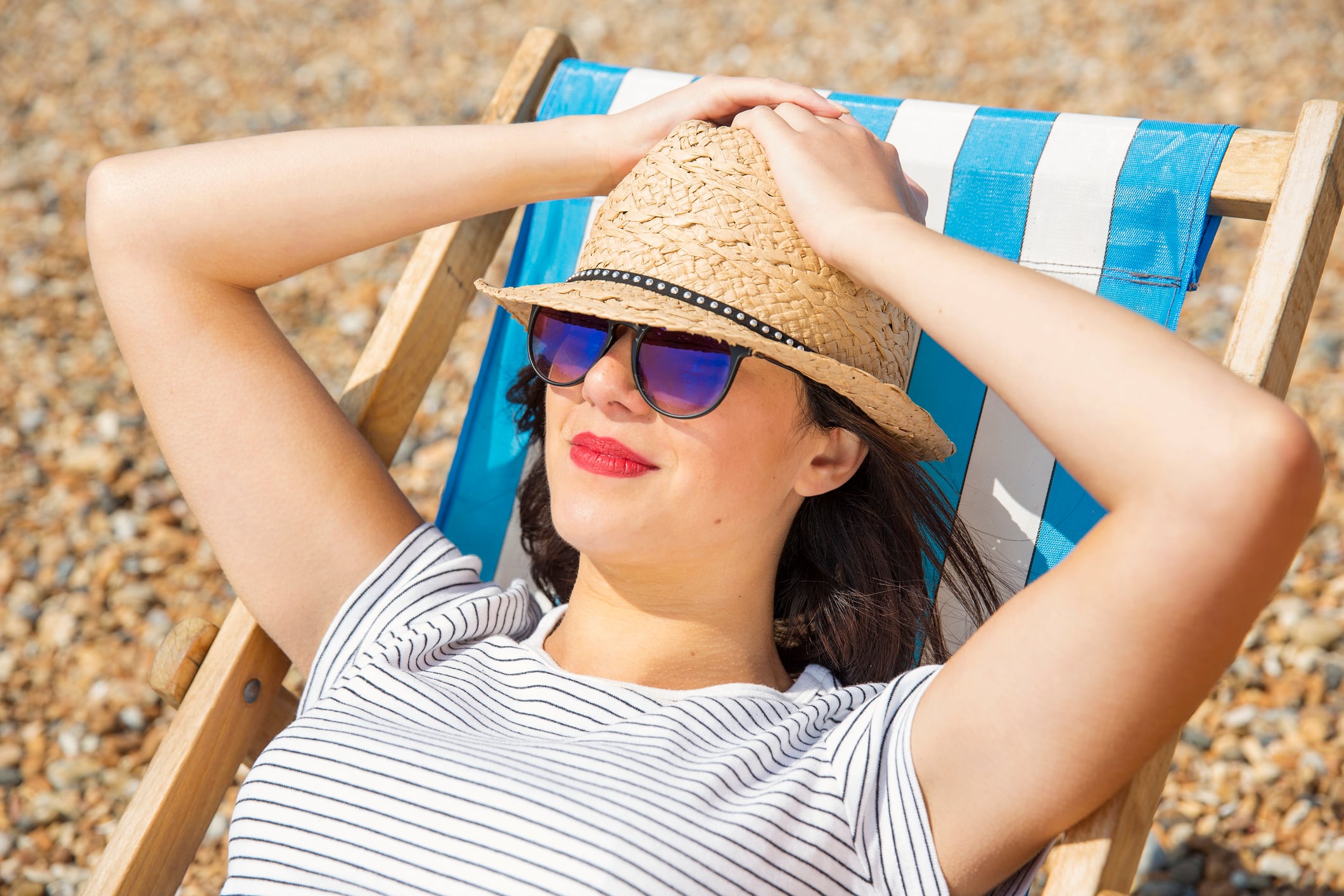EY, the business consulting firm, has released an expanded version of its annual Future Consumer Index 15 report, which surveyed over 20,000 consumers across 27 countries about their shopping habits.
According to the firm, two major — yet seemingly contradictory — trends are emerging in consumer behaviour that beauty brands should monitor closely.
Trend #1: Offline shopping still outpaces online
The research found that offline retail accounts for 77% of total retail sales. EY noted that physical stores offer greater engagement potential than online channels, driven by a growing demand for experiential shopping. This in-store experience enables consumers to discover new brands more frequently than online, shifting how they interact with social media content and influencers.
As a result, EY advises retailers to rethink their marketing strategies and invest more heavily in enhancing in-store experiences.
However, ecommerce is still strong in the beauty sector in comparison to other sectors.
Jon Copestake, EY Global Consumer Senior Analyst and co-author of the report, highlighted that while beauty and personal care consumers prefer in-store shopping, ecommerce penetration in this category is significantly higher than in many others. Beauty shoppers are more inclined to use online marketplaces and direct-to-consumer platforms.
This trend is partly driven by Gen Z consumers—digital natives who are fuelling growth in beauty and personal care—and by niche D2C brands that rely on online-only fulfilment and social media-driven marketing and sales.
Copestake also noted that Asian consumers are the most digitally native in this space, often adopting a digital-first approach to personal care purchases. “This is also linked to social selling, with countries like China leading in shoppable content,” he added.
He explained that online shopping is typically fast and transactional, while in-store shopping offers greater opportunities for serendipitous product discovery. This makes in-store promotions and installations particularly effective.
“Stores also provide opportunities for physical engagement and human-led service models,” he said. “If a consumer wants to buy a specific face cream, they’ll shop online. But if they want advice, skin testing, and to explore different products, a store is more effective.”
While digital tools like AI skin analysers and AR makeup overlays are helping bridge the gap, Copestake acknowledged that a divide still exists.
Trend #2: AI gains ground in the beauty shopping experience
Despite a preference for in-store shopping, trust in AI is growing. EY’s research found that 82% of consumers trust AI-generated personalised recommendations, signalling a shift from “conscious consumption” to “unconscious consumption.”
The report also revealed that 75% of consumers trust AI to auto-refill their shopping carts and manage automated ordering and delivery. EY expects these figures to rise as AI becomes more sophisticated and widespread, urging retailers to rethink their engagement and loyalty strategies to remain relevant in the purchasing journey.
Copestake clarified that for beauty shoppers, AI adoption is more about prevalence than trust. “Eighty-eight percent of consumers have noticed algorithms tailoring product recommendations, and 64% have observed AI influencing their online shopping journeys,” he said.
“In this sense, consumers are passive. They’re allowing AI to simplify their experience, with 65% saying AI has enhanced their shopping in some way.”
However, trust is not absolute, as only 29% of consumers make purchases based solely on AI recommendations.
“In my view, this is more of an iterative creep. As AI becomes more embedded in our lives, its influence will grow while becoming less visible,” Copestake said.
“Consumers may not explicitly trust AI, but as they allow household devices to reorder products, they’ll begin to trust the outcomes rather than the technology itself.”
Dual strategies for a dual reality
EY concluded that these two trends highlight the need for retailers to develop distinct strategies for online and offline retail.
It said that consumer expectations and behaviours differ significantly between physical and digital environments, and beauty brands must adapt accordingly to stay competitive.





